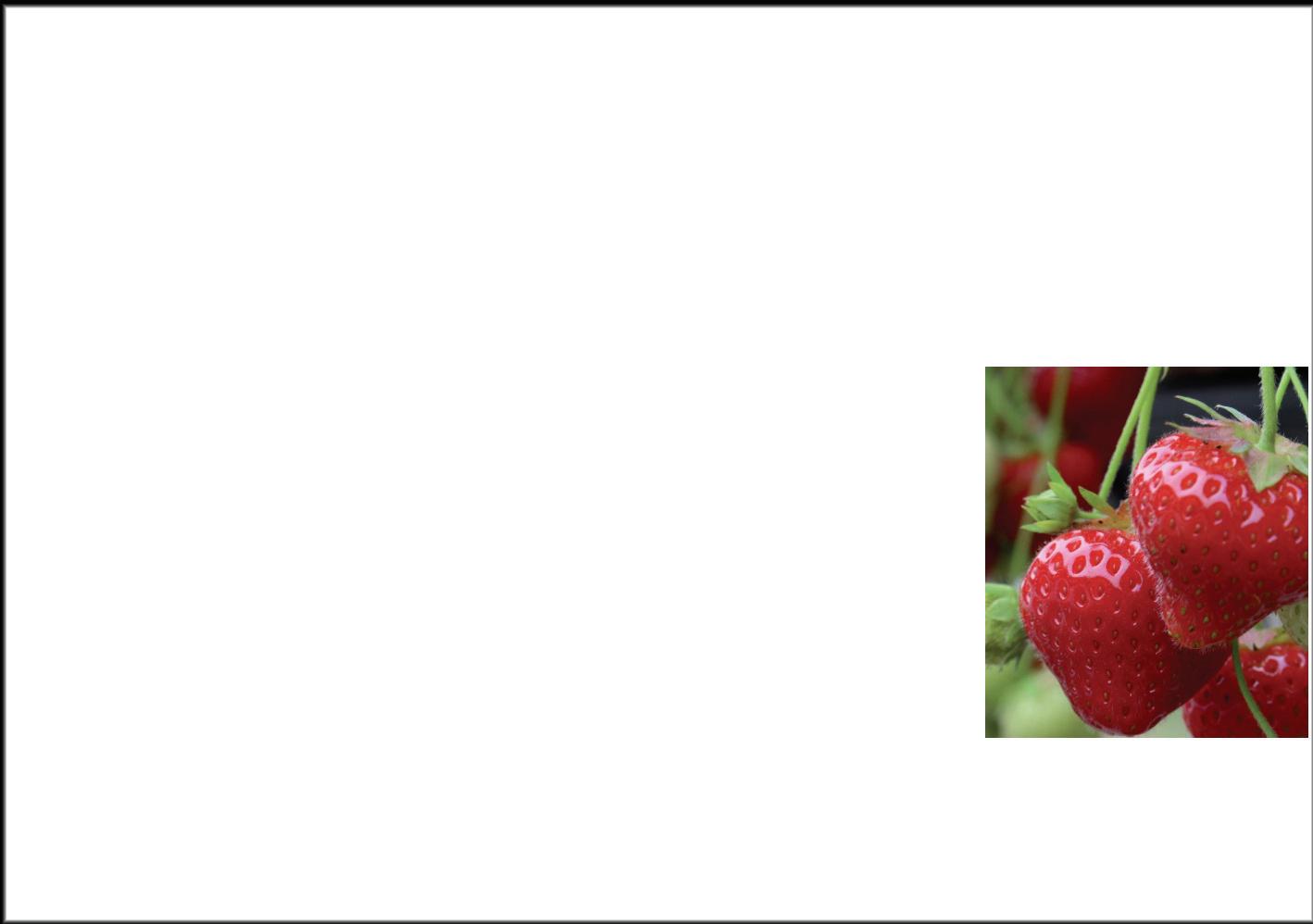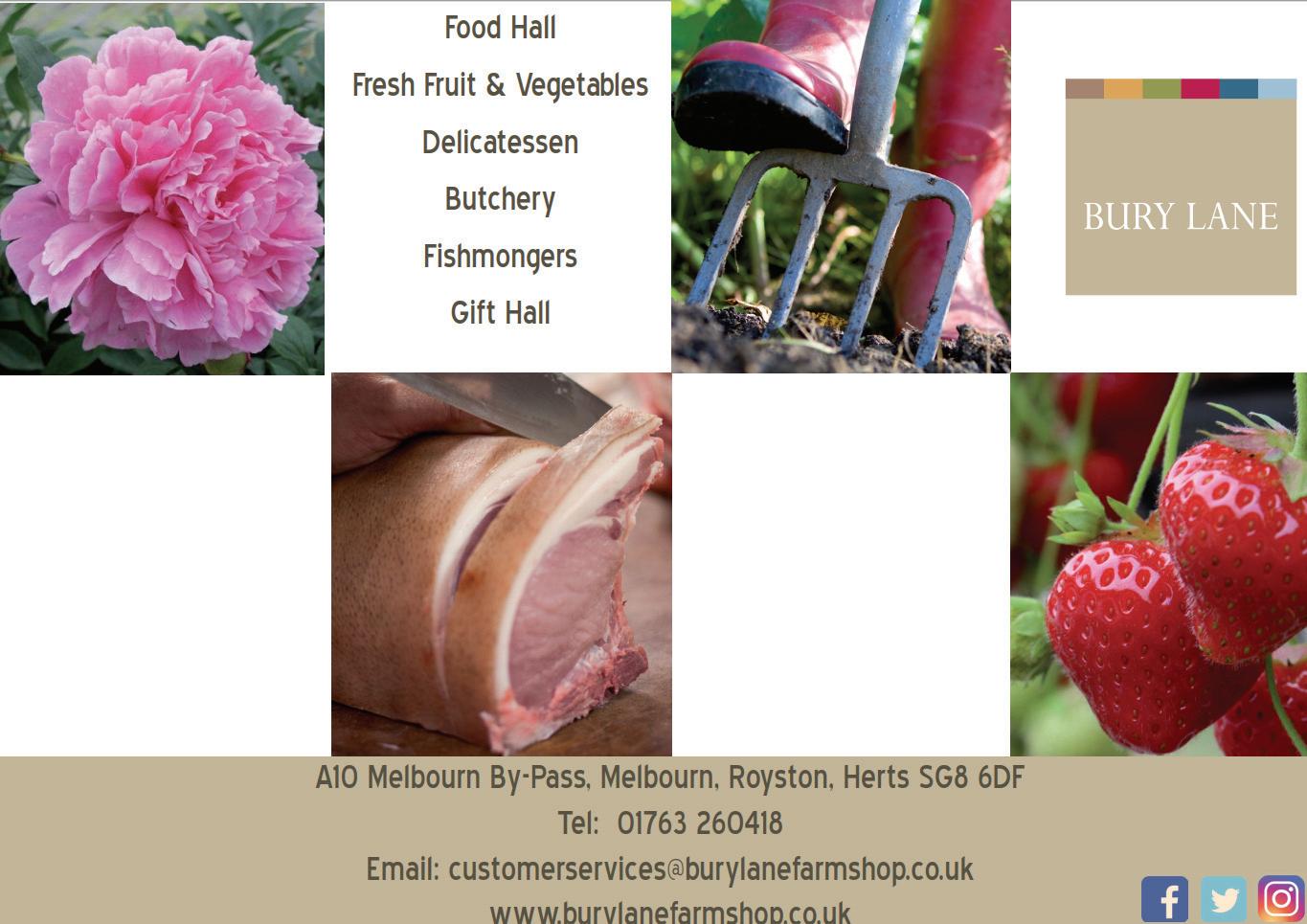
2 minute read
A Meldreth Garden
A time to reflect on the destruction caused by the winter cold snap, the worst cold spell I have experienced in Meldreth, and how that changes sowing and planting plans for the year ahead. As spring develops, the damage to shrubs and bushes will become apparent. A number of half-hardy plants both in the ground and in the greenhouse have succumbed to the cold, including begonias, dahlias and geraniums. This provides an opportunity for change and redesign. In the vegetable garden even the Brussels sprouts, broad beans and spring greens were frozen to a green mush. Broad beans may re-sprout from the base; if not there is time to re-sow for a later crop. I am looking out for regrowth from those plants that have been cut down by the severe cold weather. I suspect that many plants in the half hardy category will not survive. Irreplaceable are my two magnificent Agave Americana plants, generally protected from frost in the carport; one looks particularly grim. These were grown from offsets collected 25 years ago during a holiday in Ibiza. I do have some small offsets, though not sure I have another 25 years to cultivate them to maturity. Of course we would not think of bringing plant material or seeds back from abroad today due to the risk of introducing non -native plant diseases.
It is time to think ahead. But only consider direct sowing in the garden or vegetable plot when you see weeds germinating, a clear sign the soil is warm enough. I will be sowing indoors, seeds of annuals and half hardy perennials grown as annuals under cover, to give a bit of ‘zing’ later in the gardening year; these include zinnias, cosmos, rudbeckia, tagetes, sunflower and dahlias, nicotiana and salvias. Salvia Cambridge Blue, one of my favourites whose seed I keep year on year, is a tender perennial that I grow as an annual, flowering in a rich blue late in the summer and autumn.
Advertisement
As well as the snowdrops and winter aconites flowering at the moment, it is time to enjoy the fresh colours of the spring garden which holds iris sibirica, Japanese quince, hellebores, native primula, cyclamen coum (my cyclamen persicum was killed by frost after several years of winter survival). Noticeable at this time of year is the sweet perfume of winter box (Sarcococca confusa, the white flowered cultivar), winter honeysuckle (Lonicera fragrantissima) and Viburnum tinus.
One recommended visit for winter garden inspiration is Anglesey Abbey, one of the best gardens in the country. There is free entry for RHS and National Trust members and note, off-peak pricing after 2.00pm for non-members.
Flower Garden Tasks
Prune evergreen hedges and winter flowering jasmine after flowering.
Separate and replant congested clumps of snowdrops and aconites.
Prune shrub and climbing roses before they break into leaf.
Start Dahlia tubers into growth by potting up in a warm place.
Deadhead winter pansies to keep them flowering.
Cut back dogwoods (Cornus) and willow (Salix) that have been grown for their colourful winter stems, before they break into leaf. This year’s growth will provide the most colourful stems next winter.
Buy new compost.
Avoid grey mould botrytis in the greenhouse by removing dead and dying leaves.
A good time to clean, polish and sharpen garden tools and maintain mowers.
Vegetable Garden Tasks
Chit early and second early potatoes in a cool (not frozen) airy and light place. I will be growing casablanca early, charlotte second early and pink fir apple main crop, and will chit them in old egg boxes.
Sow tomato seed and germinate in a propagator, heated greenhouse or on the windowsill.
Sow carrot seed under cloches for an early crop.
Seeds can be sown under cover for growing on and planting out when the weather improves; these include lettuce, Brussels sprouts, spinach, summer cabbages, cauliflower, beetroot, etc.
Regularly check the progress of forced rhubarb.

Iain McPhee





